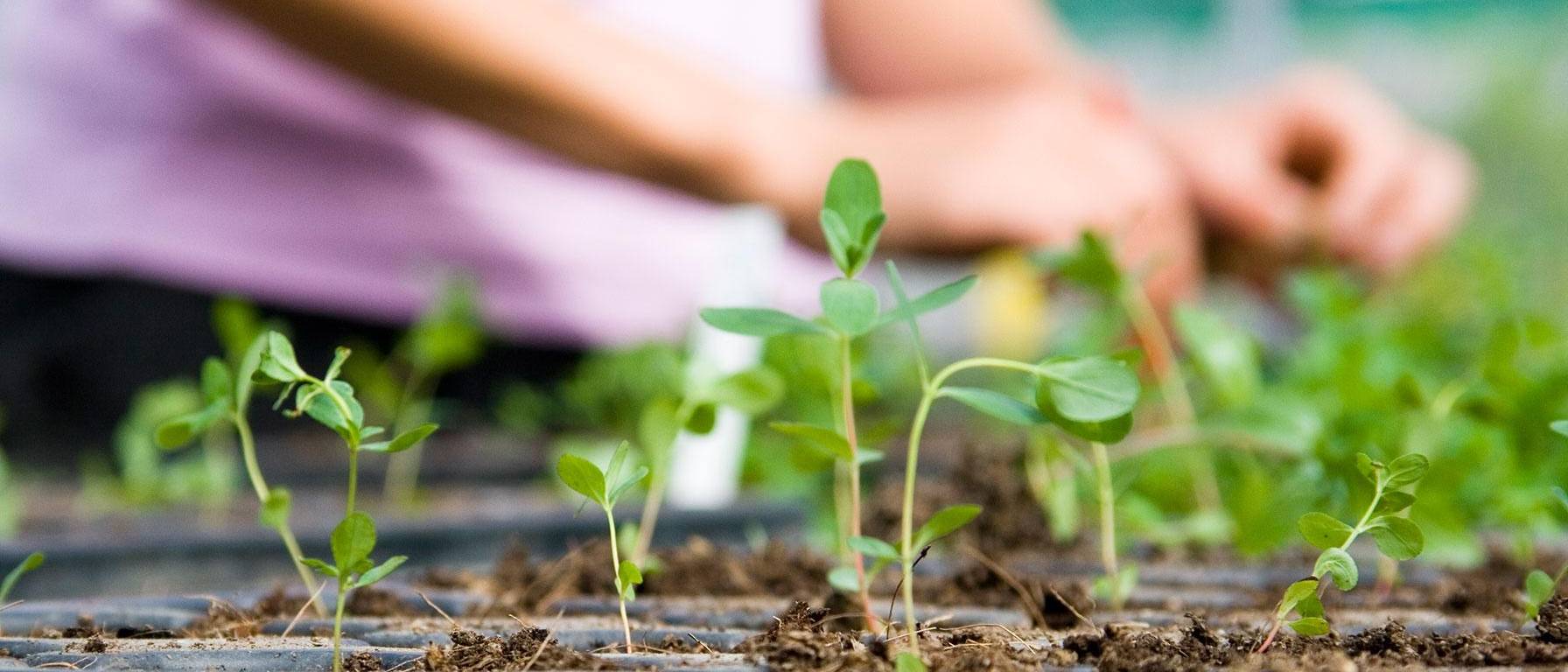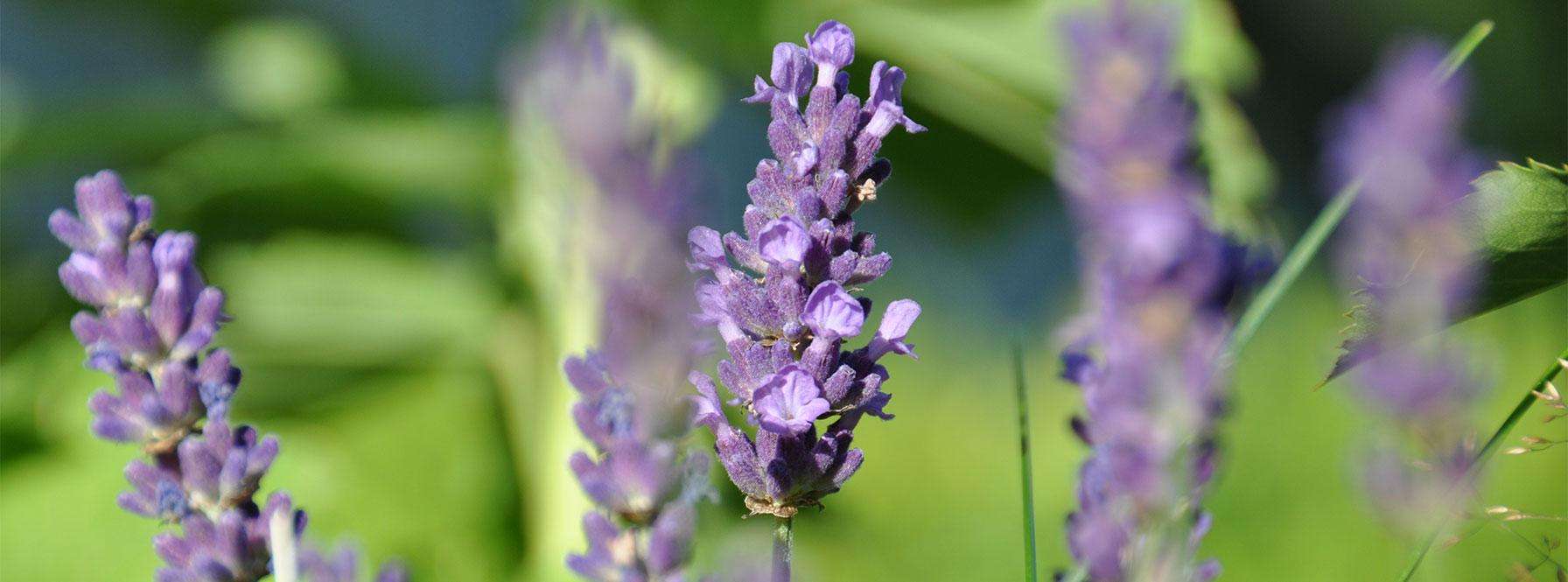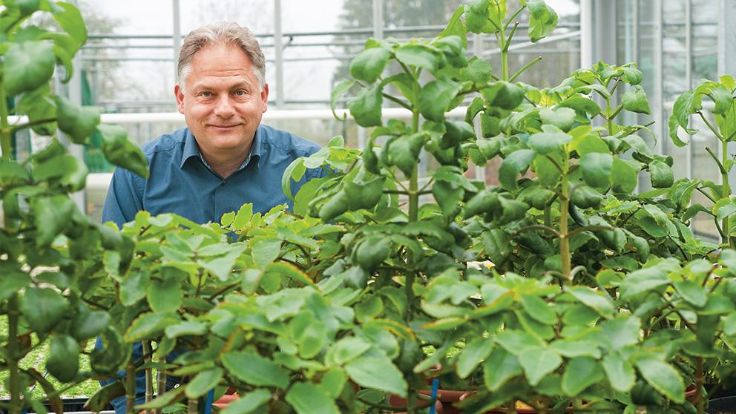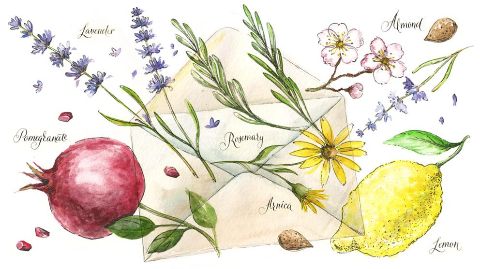Your basket is empty!
Click on this link to start shopping!

Weleda Gardens
Medicinal plant gardens have been an essential part of the business culture at Weleda since its foundation in 1921.
In our eight Weleda gardens, we cultivate an intimate relationship with nature, which provides us with medicinal plants of the highest quality.
Go to:
Self-regulating natural habitats
Since our earliest days, cultivation of medicinal plants has been one of the ways we stay provided with the fresh and dried plants which are the basic ingredients of our pharmaceuticals and body care products. Through biodynamic farming and cultivation, we make sure that no pesticides or other toxic substances come into contact with our precious ingredients.
But it’s not just what we leave out of our gardens, it’s also what we put in. Compost management helps develop active soil life and special preparations with cow manure and ground-nourishing herbs like dandelion and valerian support the ground as it becomes more fertile.
Weleda’s gardens are maintained as rich natural habitat, with hedges and nature-friendly niches that make a home for insect helpers. By welcoming these creatures to our gardens, we help maintain self-regulation to avoid the spread of pests and diseases. Of course plant diversity also contributes to ecological stability and pollen and nectar for beneficial insects is always available.

Besides the growing of medicinal plants for our medicines and body care products, the gardens are a great way to get people in touch with our core philosophy – ‘in harmony with man and nature’. Although our biggest medicinal herb garden is in Germany, we also have gardens in other countries such as New Zealand, France, Switzerland, Netherlands, Brazil and Argentina.
New Zealand

Harvested by hand
At the foot of Te Mata Peak in the wine-producing region of Hawke's Bay, the New Zealand garden is located in Havelock North.
Around 50 medicinal plant species are cultivated in this Mediterranean climate with its long, warm summer months. The New Zealand gardeners work the fields according to the principles of biodynamic farming. The harvesting is mostly done by hand, avoiding the use of heavy farm equipment, which keeps the soil light and airy.
Cows provide the necessary manure, which improves the quality of the soil, together with suitable compost. The variety of plants is large, as is the birdlife, with a tuneful abundance of native birds such as the tui, the New Zealand pigeon kereru and the comical pukeko.
Germany

The biggest of its kind
In Germany Weleda’s largest garden of medicinal plants is on a plateau to the north of Schwäbisch Gmünd. At 20 hectares it’s also the biggest of its kind in Europe. Here, diversity has no limits – 260 species of plants are grown biodynamically and 180 out of these species are used as ingredients for medicinal products and natural cosmetics. Plants like blackthorn, witch hazel, hawthorn, and many country animals, birds and invertebrates find a habitat here, between five kilometres of natural hedges. The enormous wealth of flowers attracts many insects, including beneficial insects such as hoverflies, parasitic wasps and ladybirds.
In the open fields, annual and perennial native species are our largest crop. That includes 25 different trees, from which bark, flowers, fruits, roots or whole plants are harvested. The medicinal plants have better living conditions here, compared to completely wild locations, due to the special way we treat the soil, including natural spray preparations and careful attention from the gardeners. Here on the edge of the Swabian Alb with its fertile ground, the garden buzzes with life from March to October and harvest begins early in the first winter months, when the roots of celandine and angelica are harvested.
Our gardeners look on the plants and gardens as a whole organism. They pay attention to the complex relationships between plants and soil type, promote growth and are active and creative where nature needs support. For example, the protected fern grows under a knotweed shadow tunnel in the Weleda garden, so that it has the same light conditions as it would encounter in its natural forest habitat.
France and Switzerland

A little plot of countryside
A huge number of different medicinal plant species in a relatively compact space brings a riot of colours during the flowering period. The Weleda gardens in Arlesheim, Switzerland, near Basel, and in French Bouxwiller, near Huningue, are right next to the office and production facilities at both these sites. Bouxwiller’s garden is an island of biodiversity in a sea of conventional agriculture. The 1.5 acre plot is enclosed with wild hedges, and birds, insects and amphibians feel at home in this haven of ponds, dry stone walls and fruit trees.
Despite the relatively small area, up to 70 medicinal plants are grown here. The garden in the Swiss city of Arlesheim is surrounded by forest and 40 acres of organic arable land. The variety of growth in the field contrasts with the large-scale organic farming in its immediate neighbourhood. Despite the proximity to Basel it feels like a little plot of countryside.
United Kingdom

Small natural plots with a charm of their own
In the gardens of Ilkeston in the English Midland county of Derbyshire, the bright orange calendula fields are really eye-catching during the summer months. The garden path in this Weleda garden does not lead to opulent flower-beds, but to small natural plots creating a charm of their own – reserved and modest.
The garden is located on the outskirts of Ilkeston, which rose in significance during the industrial revolution and thrived for many years on mining and related industry. Today’s landscape shows the effects of that industrial legacy.
Lots of rain creates a wet and heavy soil, which is not exactly ideal for the cultivation of medicinal plants. But biodynamic cultivation works its magic, transforming this soil into a fertile one, where the history of the region and the country is still to be seen in every corner of the garden.
The garden is located on the outskirts of Ilkeston, which rose in significance during the industrial revolution and thrived for many years on mining and related industry. Today’s landscape shows the effects of that industrial legacy. Lots of rain creates a wet and heavy soil, which is not exactly ideal for the cultivation of medicinal plants. But biodynamic cultivation works its magic, transforming this soil into a fertile one, where the history of the region and the country is still to be seen in every corner of the garden.
The Netherlands

The wind pushes the salt smell of the North Sea inland, while hedges and shrubs protect the garden from harsh coastal winds. This Dutch garden in the middle of an industrial estate feels like an oasis and offers an ideal retreat for insects and birds, promoting biodiversity at the same time. Although a hectare is quite manageable, the garden holds an enormous variety of medicinal plants.
More than 200 species of plants are cultivated here. The heavy soil is given better structure with strongly mineralized compost and, to meet the special requirements of some plants, the soil is further varied, from heavy to light, from wet to dry, from nutrient-rich to nutrient poor. A heated greenhouse is also used for the cultivation of some tropical medicinal plants. Almost all the plants needed for Weleda products are grown here.
Brazil

Land of volcanic origin
Only a 30-minute drive from Brazil's metropolis of São Paulo, the garden of São Roque seems like another world. An abundance of natural variety feels at home on this red earth.
The garden is located near the Serra do Mar, a region blessed with a rain forest mountain range along the southeastern coast of Brazil.
The city of São Roque was once the main pathway from the west in Paraguay and Bolivia, along which immigrants from Portugal, Italy, Japan and Germany travelled throughout the 20th century. With them came a special and diverse tradition of vegetable and fruit-growing. Even today, São Roque is famous for wine and good food, produced on small family farms. The garden was created in the 1980s on a hugely fruitful piece of land of volcanic origin. It’s situated on a small lake, surrounded by farms and forest, with a promise of peace and diversity for anyone who finds their way there from the busy metropolitan region.
Argentina

1,200 metres above sea-level, surrounded by grasslands and between rich conifer and mixed forests, the gardener Jorge Giusto cultivates his own pharmacist garden in the Córdoba region at the heart of Argentina.
This Weleda garden has not been planned out with neat beds and plots. Instead, medicinal plants such as primula, echinacea, berberis and fern flourish casually in the existing wild landscape. Old trees provide shade during the hot summer months, and a stream winds through 12 acres of burgeoning gardens. About 70 medicinal plants species are cultivated here and the harvest is processed into medicines by Jorge’s own pharmacy, to the east in Buenos Aires.

